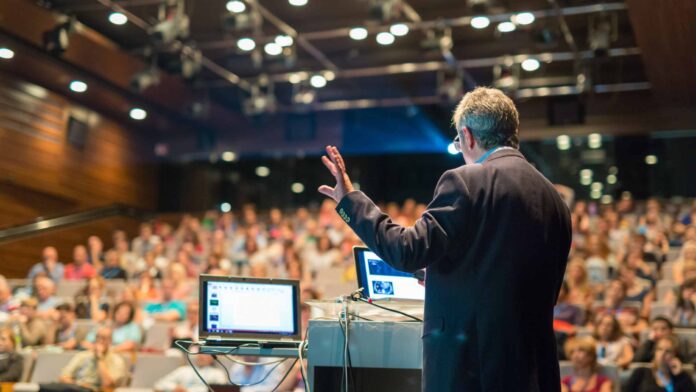Events can shape our lives in ways we never anticipated. Whether it’s a natural disaster, a tragic accident, or a social upheaval, incidents have the power to alter the course of history. But how can we reconstruct these events after they occur? How can we make sense of the chaos and find a path forward? In this blog post, we will explore the intricacies of reconstructing events after an incident and provide insights on how to navigate the aftermath with resilience and grace.
In the aftermath of an incident, the process of event reconstruction becomes crucial in piecing together what transpired. It involves gathering all available information, analyzing data, and creating a timeline of events to elucidate the sequence of occurrences. By reconstructing the events, investigators, journalists, and historians can gain a deeper understanding of the incident, uncover untold stories, and ultimately learn valuable lessons for the future.
One of the key aspects of event reconstruction is the utilization of modern technology and tools. From surveillance cameras to forensic evidence, from witness testimonies to digital footprints, various resources can be tapped into to reconstruct events accurately. By leveraging cutting-edge technology, professionals can paint a clearer picture of what transpired, identify key players involved, and determine the root causes of the incident.
Furthermore, collaboration and communication play a pivotal role in the reconstruction process. By working together, sharing information, and exchanging insights, experts from different fields can combine their expertise to unravel complex events. Whether it’s a team of investigators dissecting a crime scene or a group of researchers analyzing historical documents, collaboration fosters a synergy that leads to more comprehensive event reconstruction.
In addition to technological advancements and collaborative efforts, storytelling emerges as a vital component in reconstructing events after an incident. By weaving together narratives, anecdotes, and personal accounts, storytellers can humanize the events, evoke emotions, and connect with audiences on a deeper level. Through storytelling, the impact of the incident can be magnified, shedding light on the experiences of those affected and inspiring empathy and understanding.
As we navigate the complexities of reconstructing events after an incident, it’s essential to approach the process with empathy, integrity, and a commitment to truth. By honoring the stories of those involved, by seeking justice and accountability, and by striving for a better future, we can transform the narrative of the incident into a powerful message of resilience and hope. Together, let’s reconstruct events not just to understand the past, but to create a brighter tomorrow.
In conclusion, event reconstruction is a multifaceted process that requires a combination of technological innovation, collaborative effort, and storytelling prowess. By embracing these elements, we can unravel the mysteries of the past, illuminate the present, and inspire a better future. Let’s embark on this journey of reconstruction with courage, compassion, and a relentless pursuit of truth. The events may be complex, but our resolve to reconstruct them is unwavering. Let’s make history, one event at a time.





